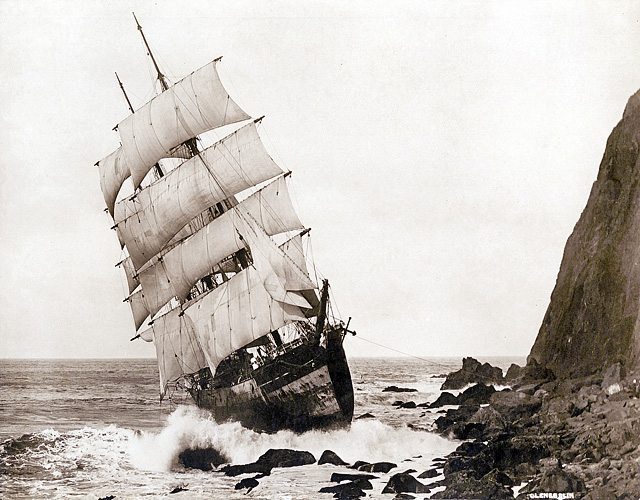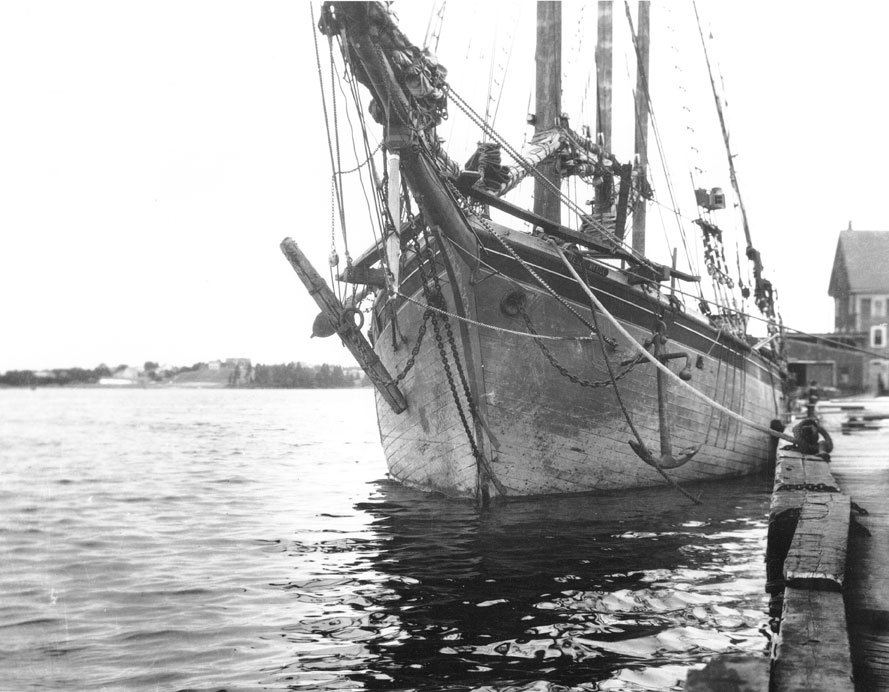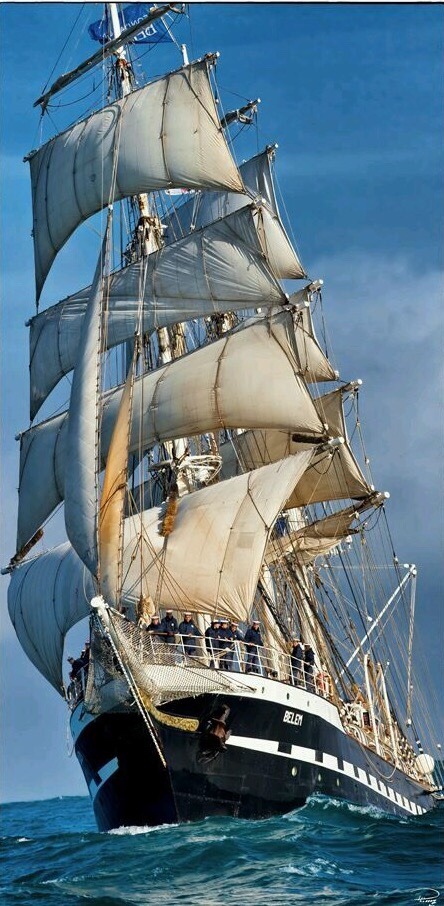
В
этот день в 1866 году состоялось морское сражение у Лиссы (сейчас - о-в
Вис, Хорватия). Первое в истории морское сражение паровых броненосных
флотов (хотя в нем принимали участие и деревянные корабли) - в отличии
от речного боя одиночных
"Мерримака"
и "Монитора". Австрийцы (7 броненосцев, 7 винтовых деревянных единиц)
разбили итальянцев (12 броненосцев, 6 винтовых деревянных кораблей),
потопив таранным ударом флагманский броненосец противника (командующий
итальянским флотом - Персано - «предусмотрительно» заранее перешел на
другой корабль - "Аффондаторе", не спустив свой флаг на "Ре д'Италии").
Еще один итальянский броненосец - "Палестро" - взорвался из-за пожара в
конце сражения, а "Аффондаторе" затонул уже в своей базе.
Отставание
артиллерии в развитии привело к тому, что на море вернулись к тактике
древности – таранам! До Цусимского сражения на кораблях английского
флота имелось оснащение для абордажа. Через 30 лет корабельные пушки
вернули себе утраченные позиции, но ненадолго – на подходе уже были
подводные лодки и авиация. А итальянцы, потерпев поражение, решили пойти
своим путем - торпедные катера, сверхмалые подлодки и "люди-лягушки"
(хотя строили и линкоры и крейсера) и, надо признать, добились на этом
пути успехов в 1-й и 2-й мировых войнах!
150 лет первому сражению броненосных флотов - Записки Обывателя




![pirates-king:
“Pirates’ King Af Chapman:
The ship was constructed by the Whitehaven Shipbuilding Company, located in Whitehaven, Cumberland (present-day Cumbria), and launched in February 1888.[2] She was originally known as Dunboyne, after a town in...](http://67.media.tumblr.com/7a7bed429ecb3557d98436bd6b7e10f0/tumblr_oaf2hn9nu41vyjm8uo1_1280.jpg)


